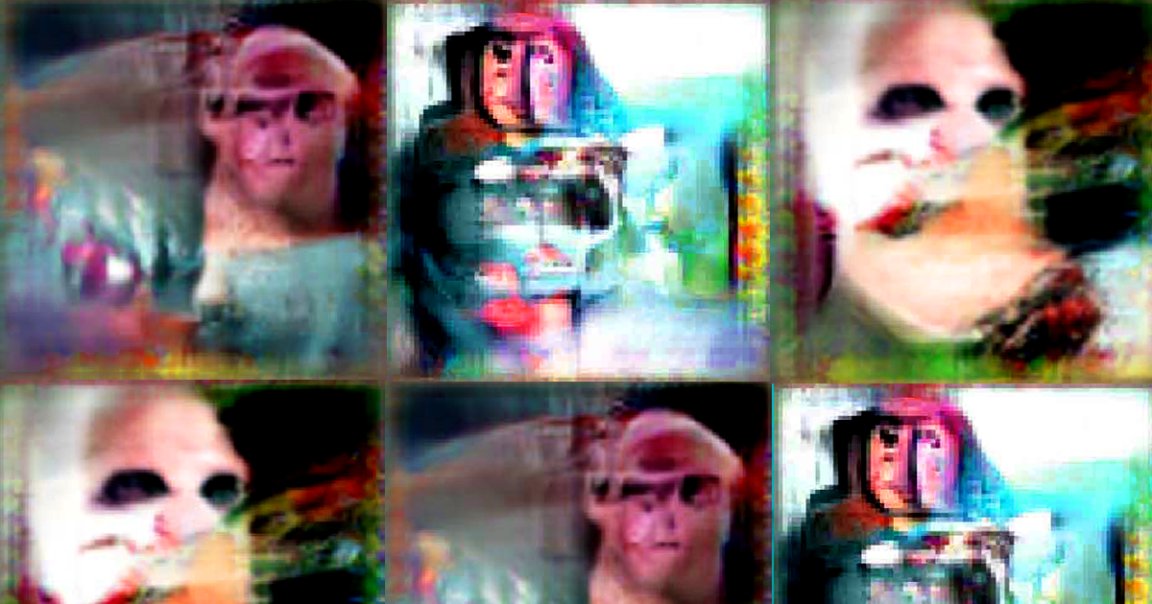
MonkeyVision
In a strange new experiment, scientists at Harvard hooked a monkey’s brain up to a neural net and tried to stimulate individual neurons responsible for recognizing faces. By showing the monkey images generated by the AI, the scientists tried to activate those particular neurons as much as possible.
Eventually, the AI system learned to generate images that would trigger individual brain cells without also activating any of their neighbors, according to The Atlantic. These images often took the form of surreal nightmare pictures that vaguely resembled faces or other familiar shapes — a provocative example of how sensors and AI are starting to peer into the biological brain.
XDREAM
The algorithm, called XDREAM, morphed new images according to live feedback in the form of how strongly a given neuron responded to the image, according to research shared online earlier this year.
“If cells are dreaming, [these images] are what the cells are dreaming about,” neuroscientist Carlos Ponce told The Atlantic. “It exposes the visual vocabulary of the brain, in a way that’s unbiased by our anthropomorphic perspective.”
Familiar Faces
Some neurons responded to images that vaguely resembled objects that the scientists recognized, suggesting that the researchers identified the specific neurons that corresponded with particular real-world objects. A blur that resembled a monkey’s face accompanied by a red blotch may have corresponded to another monkey in the lab that wore a red collar. Another blur that resembled a human wearing a surgical mask may have represented the woman who took care of and fed the lab’s monkeys, who wore a similar mask.
Other images that the monkey neurons responded to the most were less realistic, instead taking the form of various streaks and splotches of color, according to The Atlantic.
“It was exciting to finally let a cell tell us what it’s encoding instead of having to guess,” said Ponce.
READ MORE: AI Evolved These Creepy Images to Please a Monkey’s Brain [The Atlantic]
More on neural nets: A Neural Network, Connected to a Human Brain, Could Mean More Advanced Prosthetics